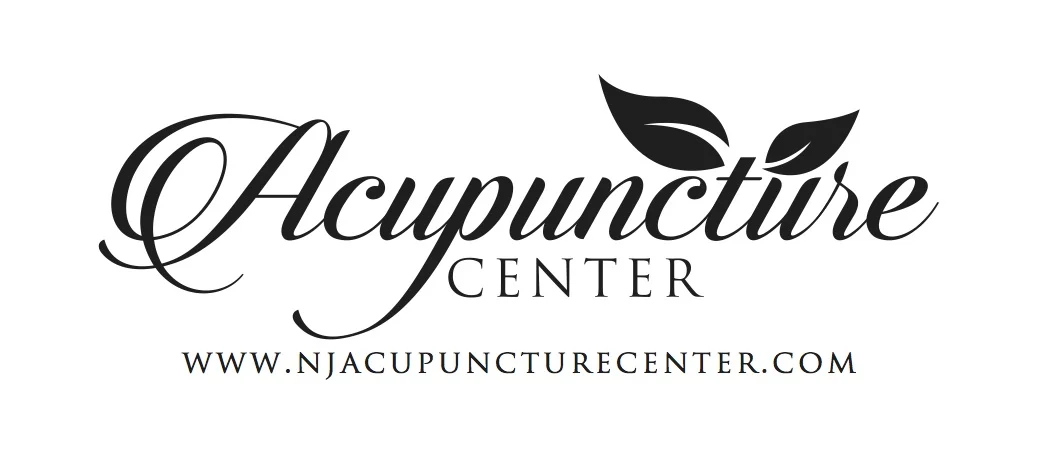Kansas City Hospital Using Acupuncture To Help Kids In the ER
/The Emergency Room is a stressful place to be. The uncertainty of not knowing what’s next, and the close proximity to others in distress and pain—not to mention the pain or discomfort that brought one there in the first place—add up to create an environment in which it can be difficult to relax.
We have previously covered how acupuncture is being used in emergency rooms across the country, and why its use should become commonplace. Particularly, now that we know more about the addictive and destructive powers of opioid pain medication, it is high time that caretakers use alternative methods of reducing pain, inflammation, and discomfort.
And if we know that treatments like acupuncture are not only effective but much, much safer than taking high-powered medication, wouldn’t we want to do the same for our children if, unfortunately, they found themselves in the ER?
Thankfully, Children’s Mercy Hospital in Kansas City, Missouri appears to be on the forefront, showing how acupuncture can be used to ease pain and reduce stress for youngsters who are being treated in the hospital.
The hospital is beginning by offering children, usually aged 10 and up into the teens, a few types of acupuncture treatments—Battlefield Acupuncture, which consists of small insertions in the ear that can stay inserted for a few days, as well as “4 Gates” acupuncture which inserts a needle in each hand and foot for a period of about 20-30 minutes. Both can be effective at reducing pain and inflammation, and helping relax the body and mind and thus lowering stress.
“Parents want what’s best for their kids, and sometimes that might not always be a pill. Acupuncture is a safe and effective treatment for pain. It’s well tolerated by most children and teenagers,” said pediatrician Dr. Jennifer Dilts to KCTV News.
And acupuncture’s benefits for children don’t only exist in a hospital. Many pains or discomfort children are experiencing can be treated safely and effectively with acupuncture. Don’t make the mistake of thinking acupuncture is only for adults.



